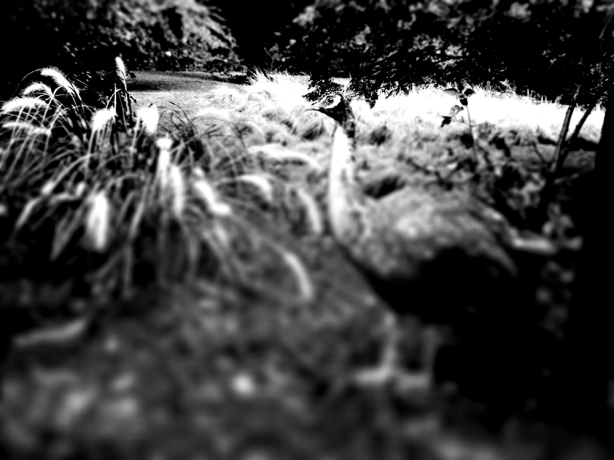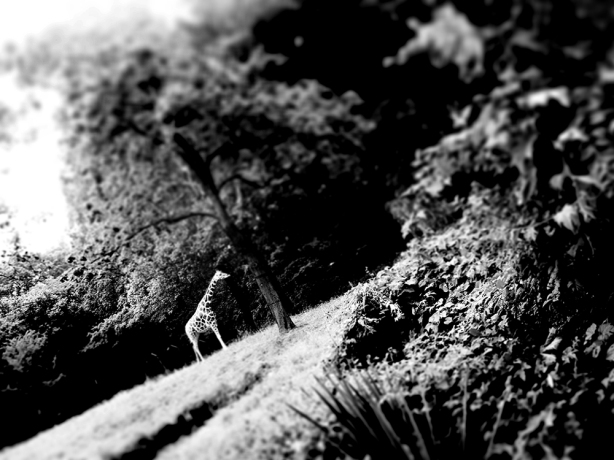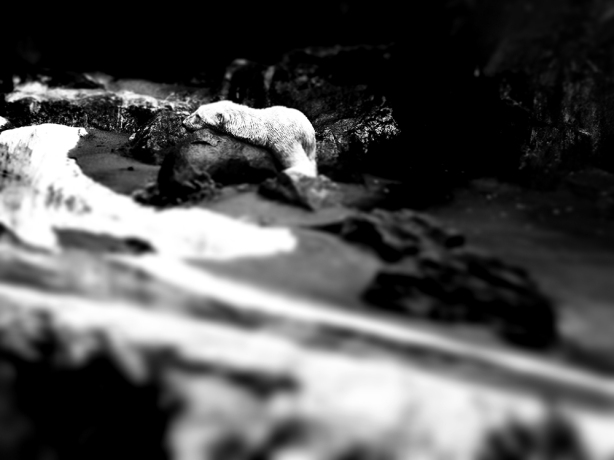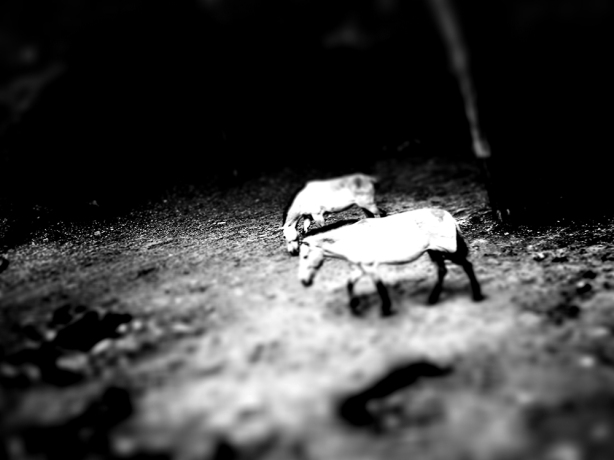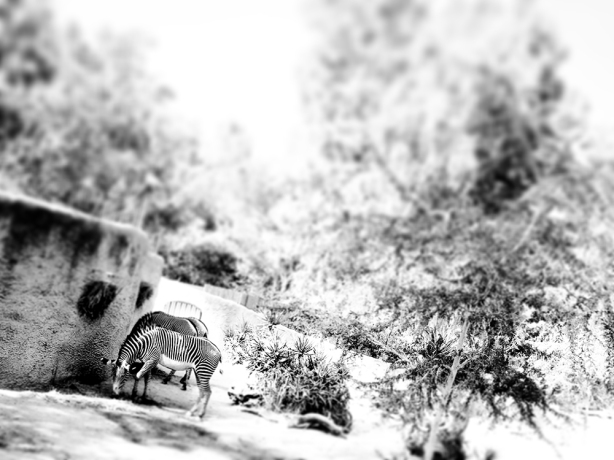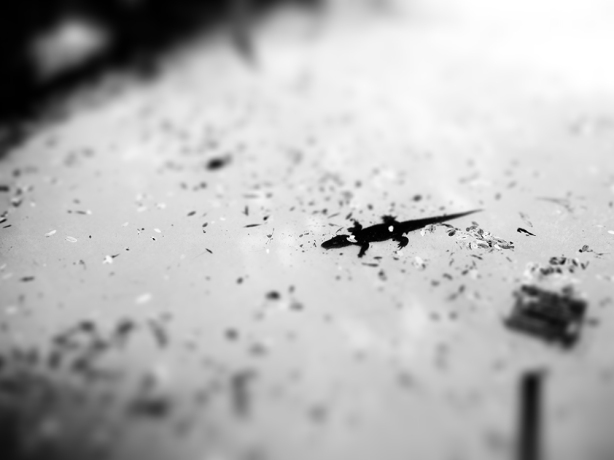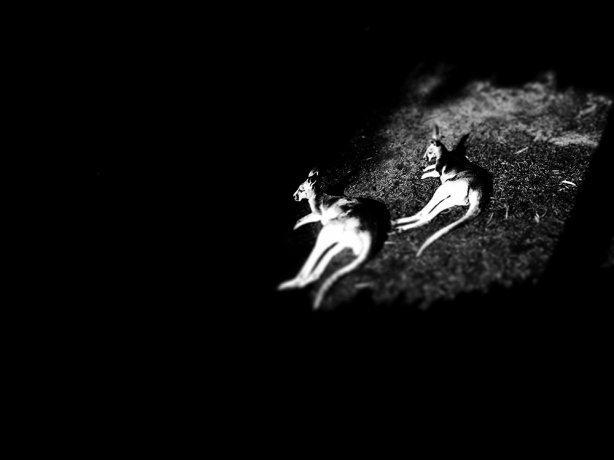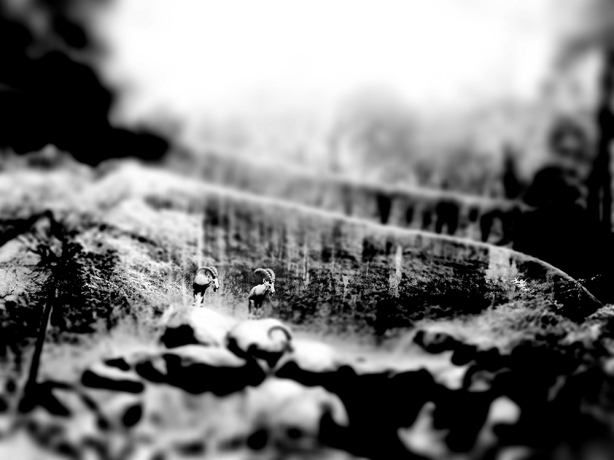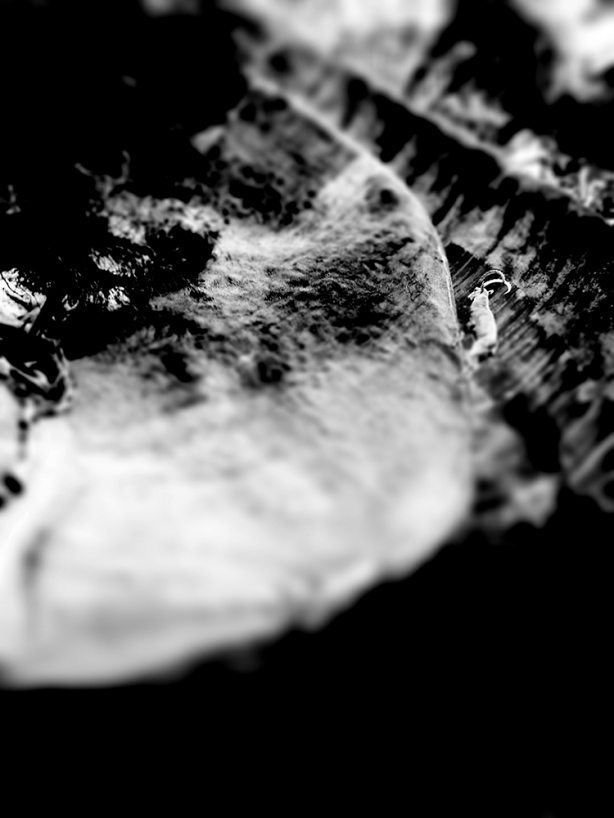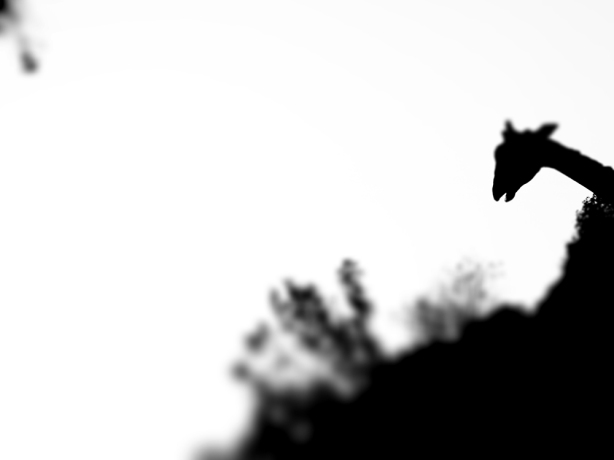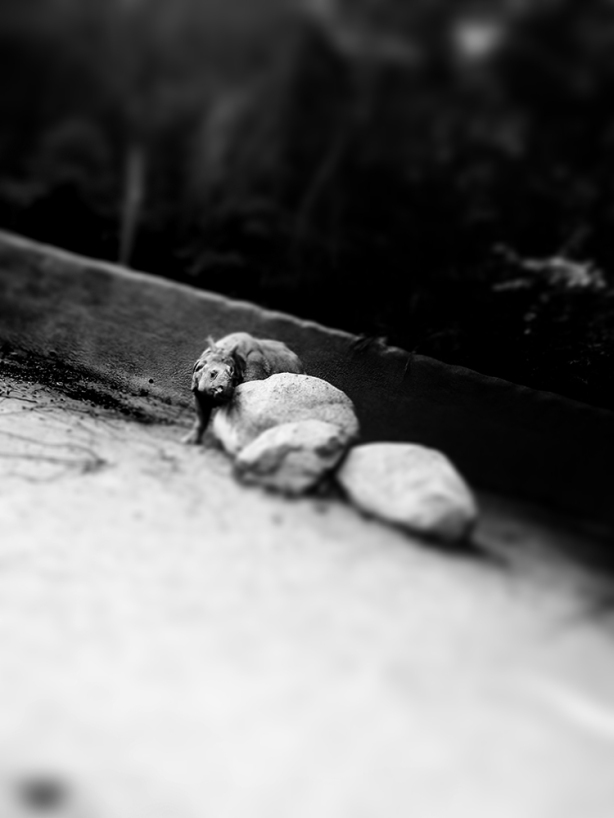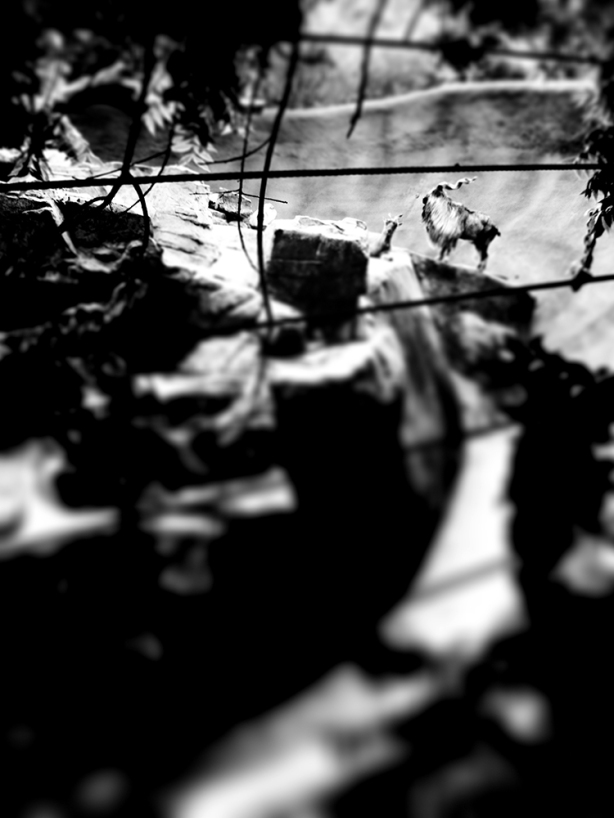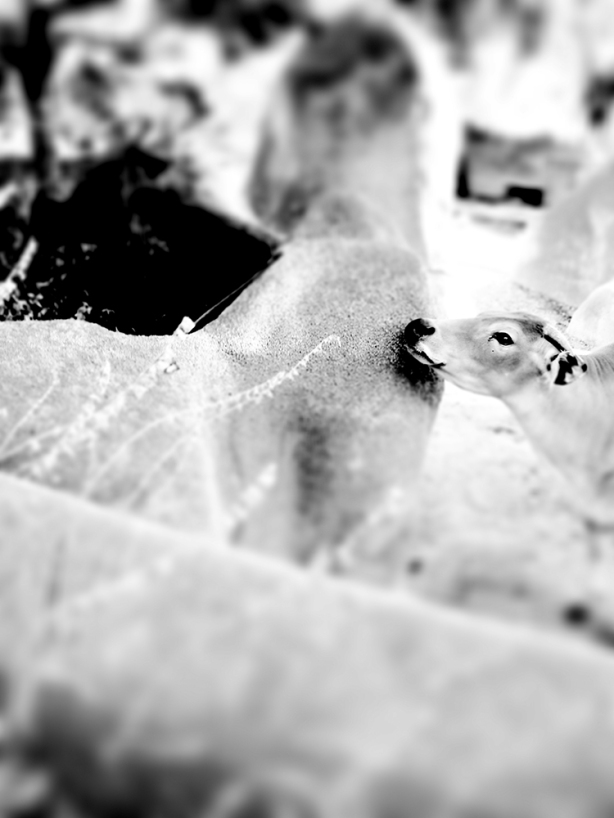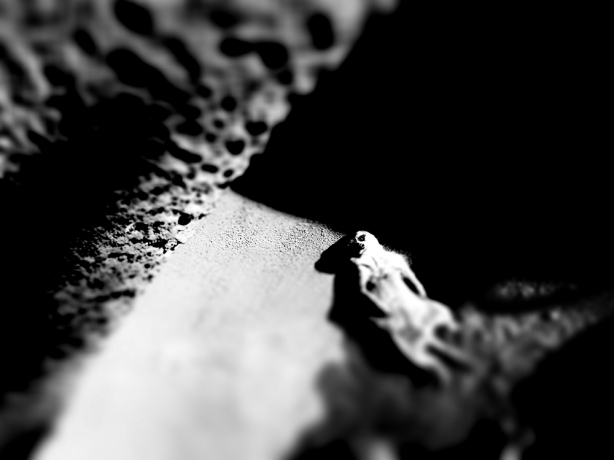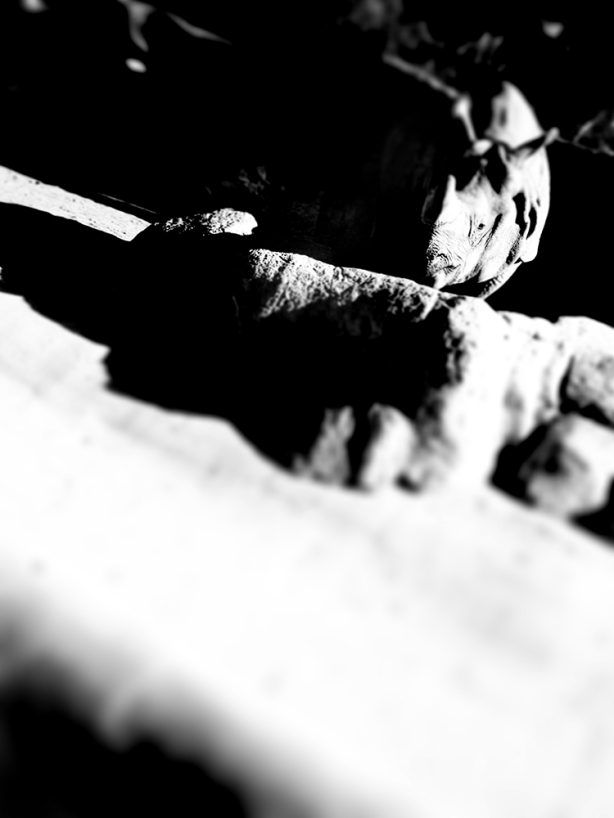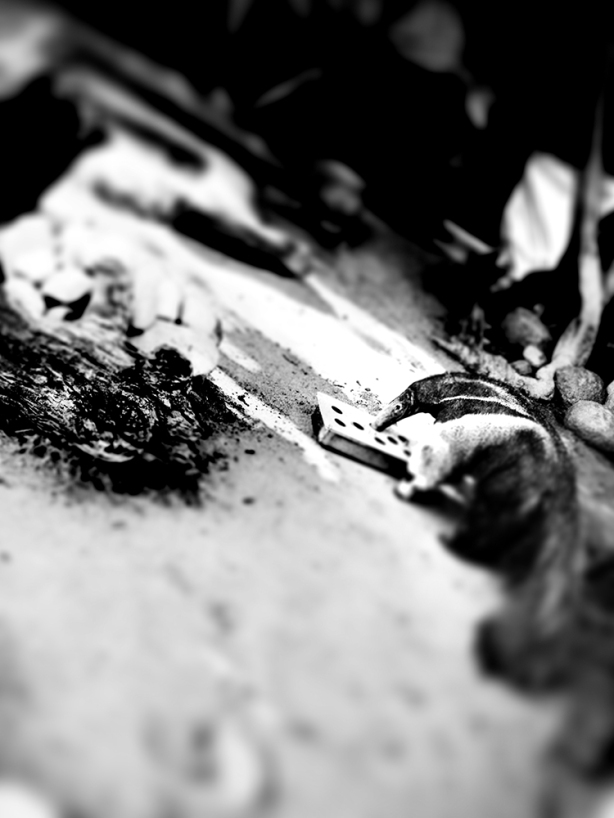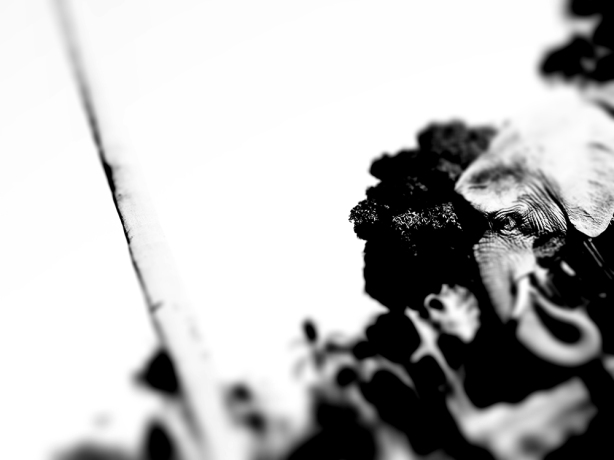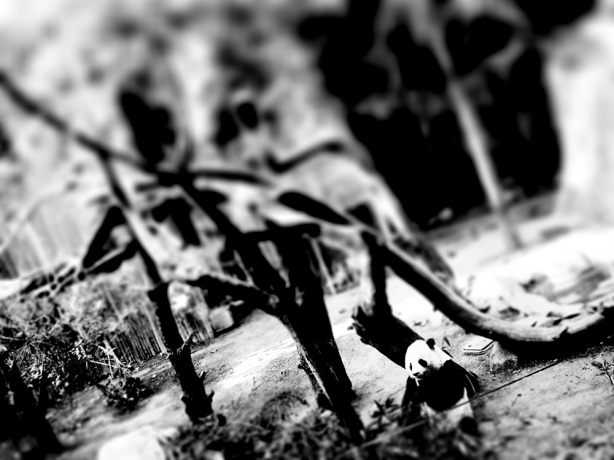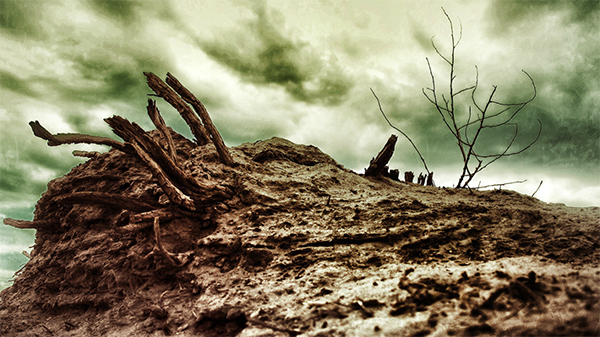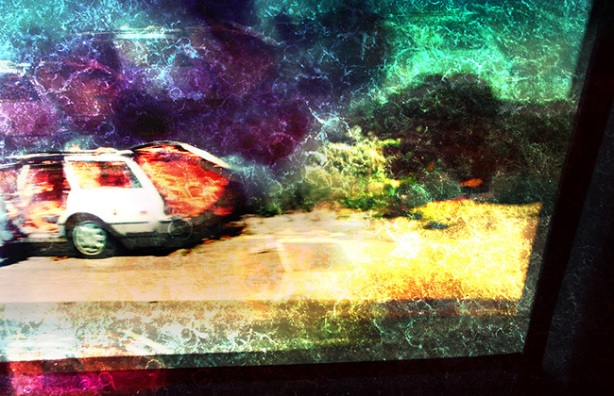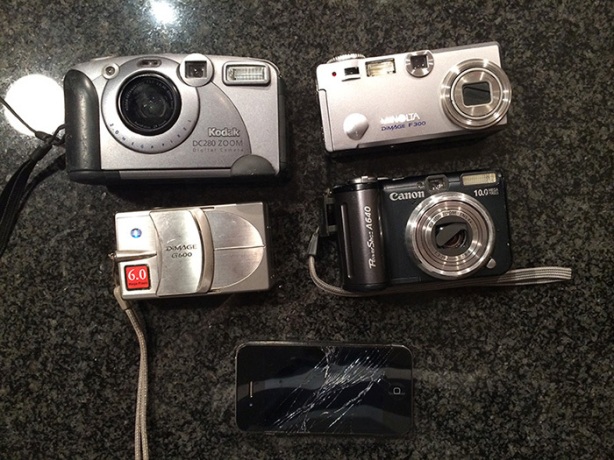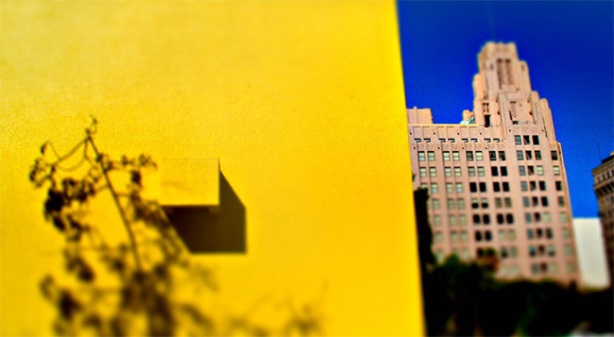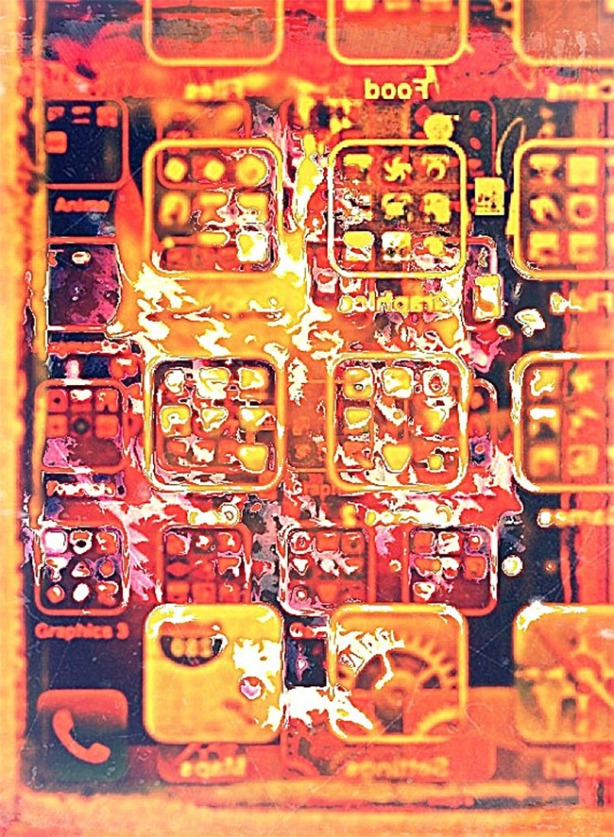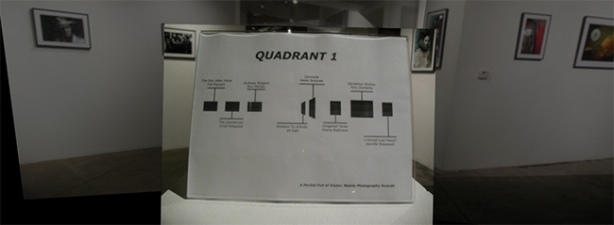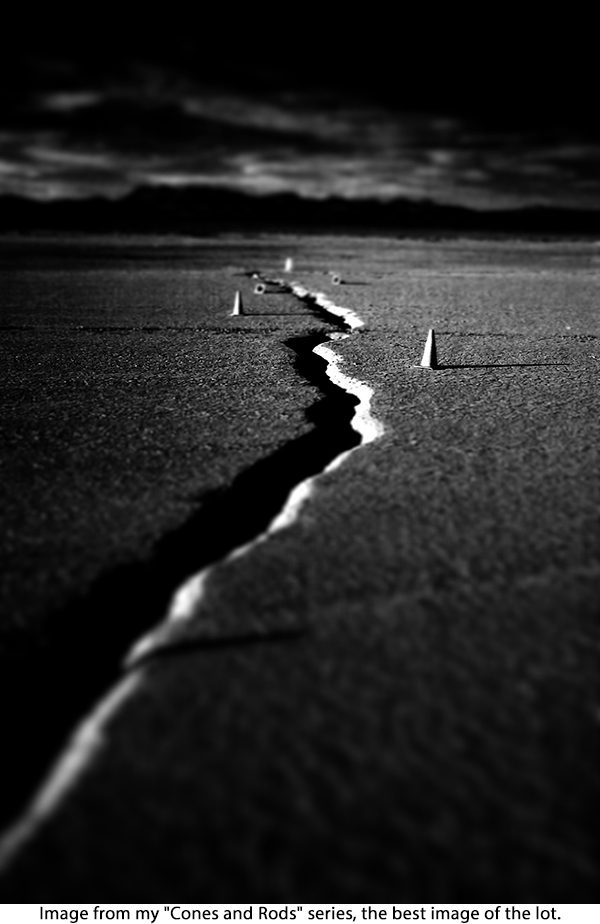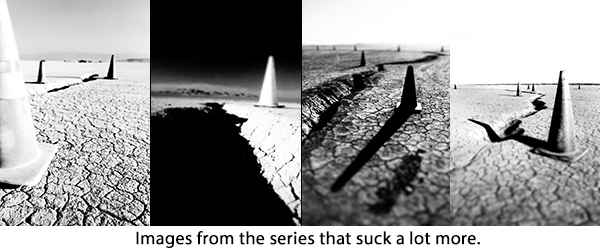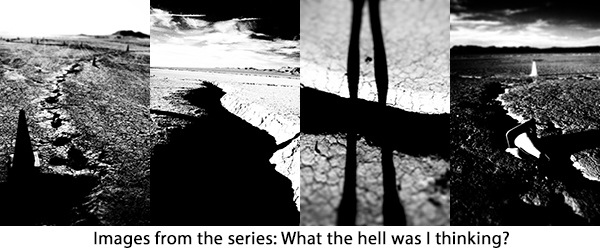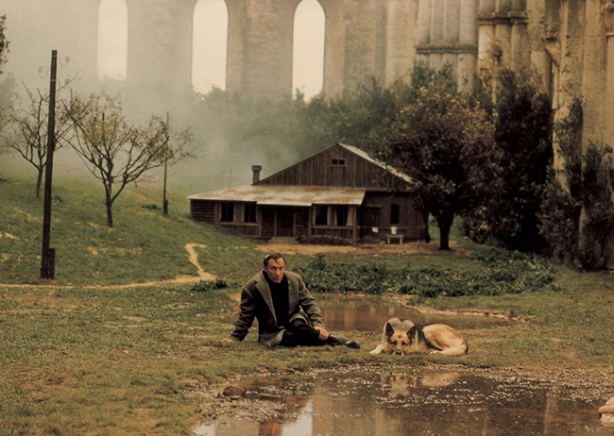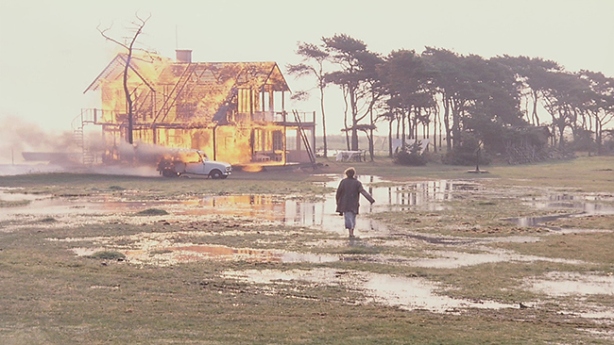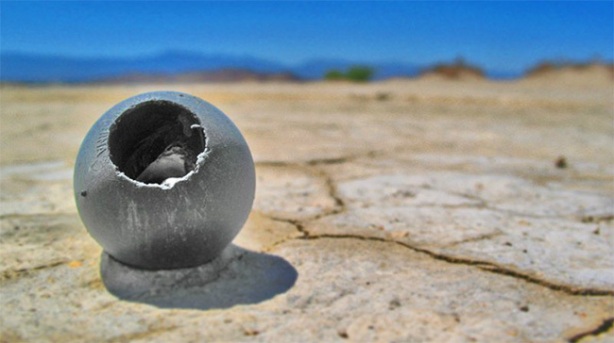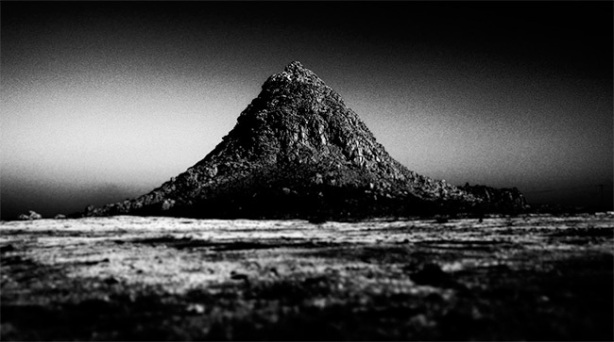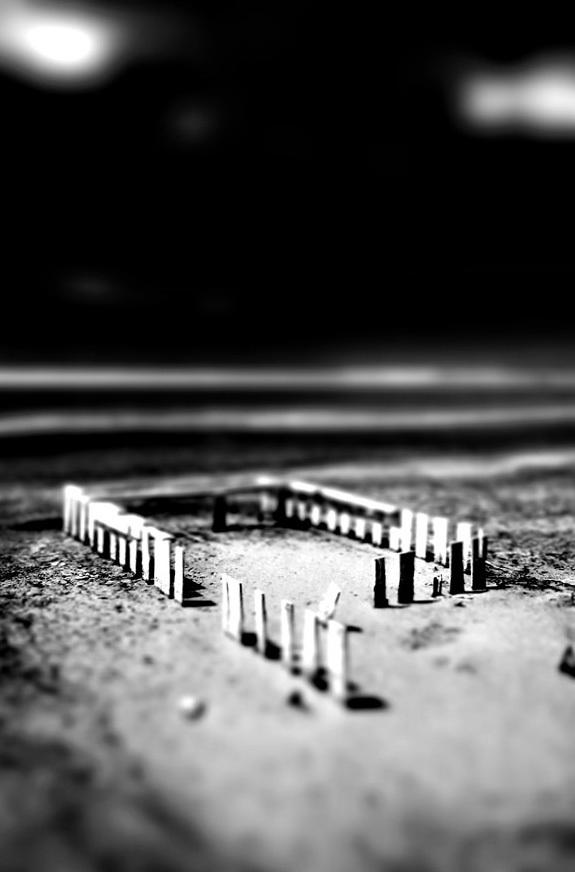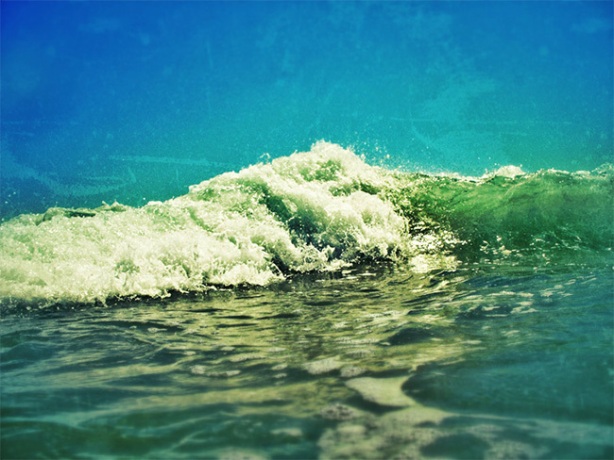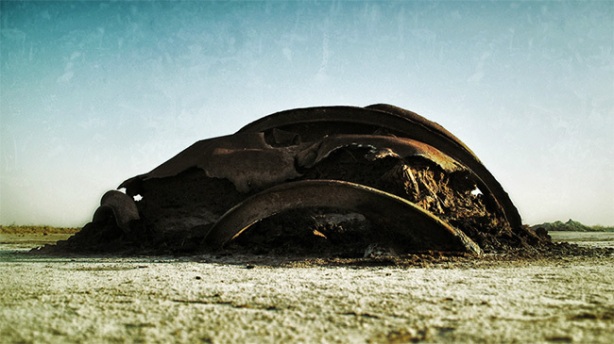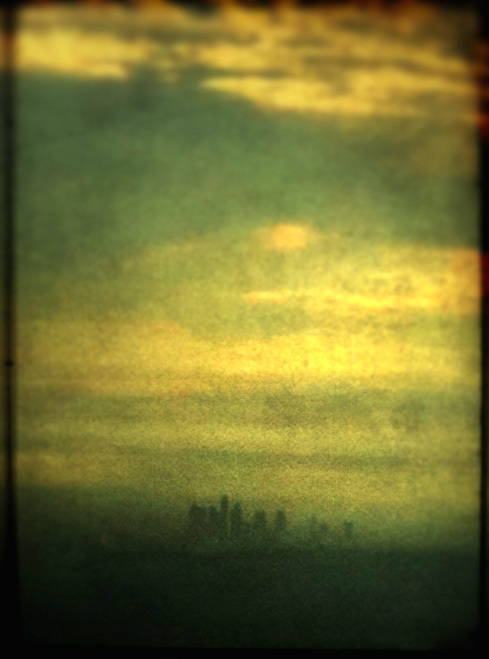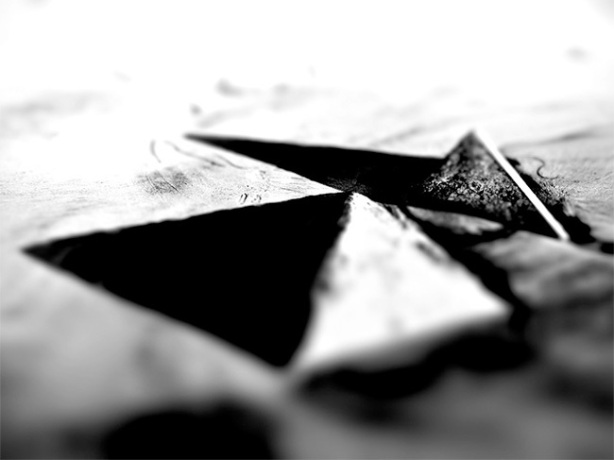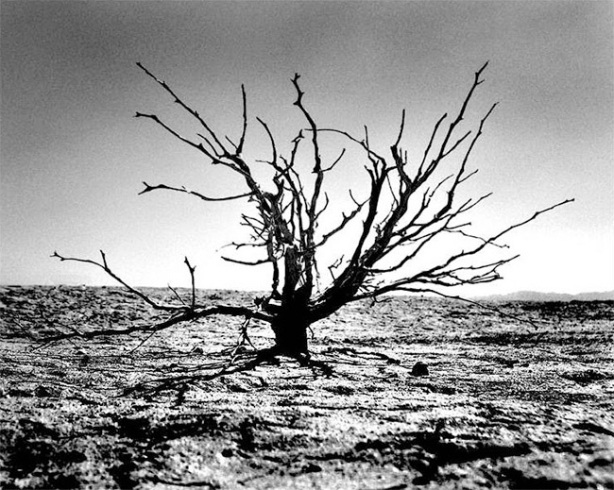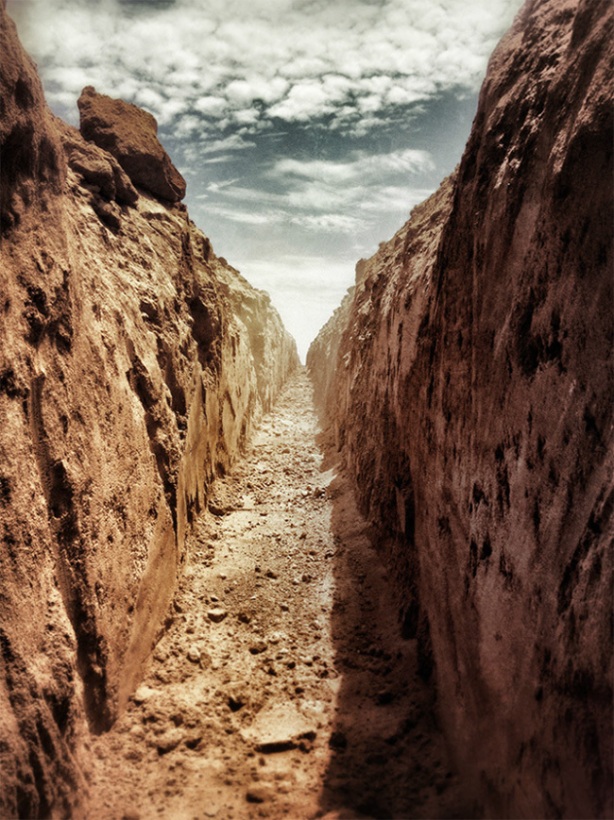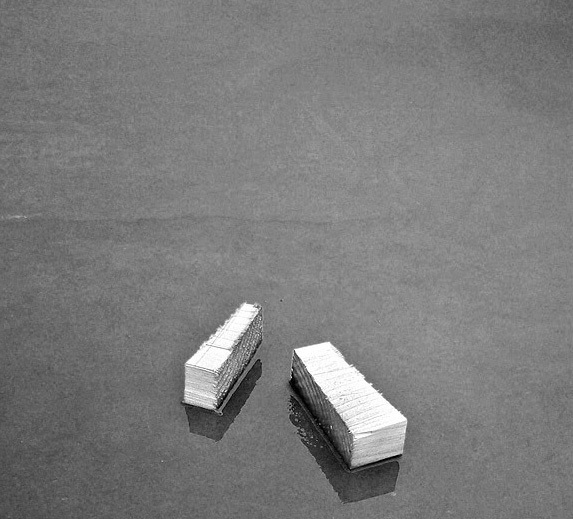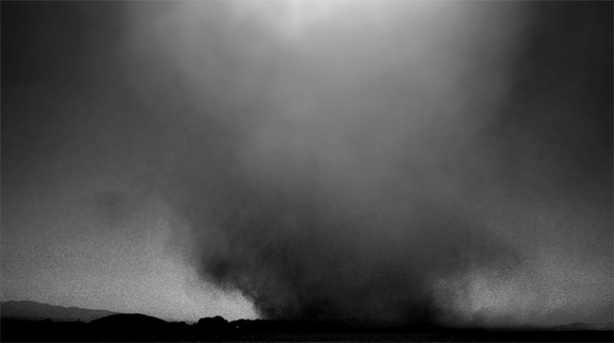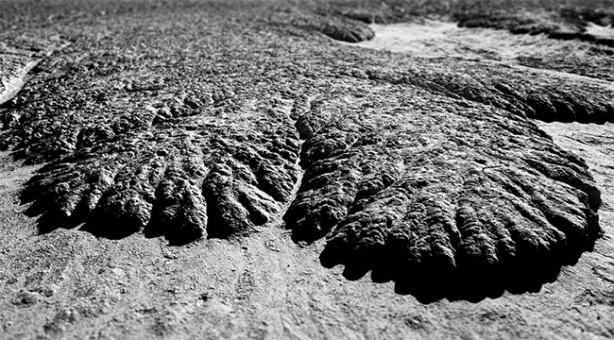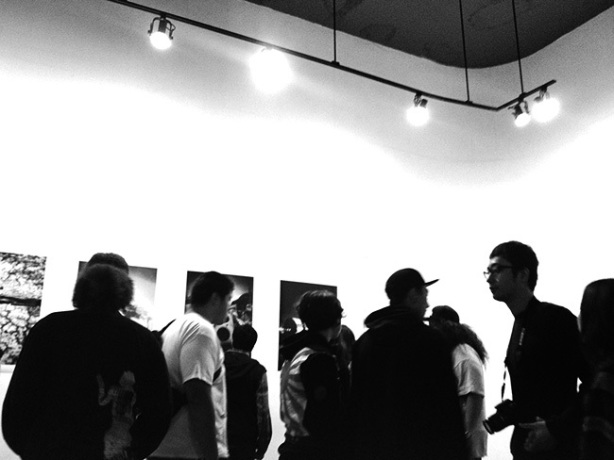
A bottle of wine flies across the room and I see some kind of orange substance ground into the floor near the bar. There are multiple, quiet conversations taking place, none of which I can resolve, nor which I care about, though I swear that I hear someone say, “boring”. A woman approaches and asks me about something. I’m sure I can hear her but nothing is making sense. Something about intent. There are too many lights and they are bright and distracting. There are numerous people who appear to be staring at me. They each have jiggling glasses of wine and I can smell them. The floor below me feels soggy. I see the bar, and the bartender is staring at me as well, but his eyes are more compassionate. Through the window looking outside, I see many white lights quickly moving by. Then there are bright red lights which move by much more frantically, and there is a loud sound.
The sound of the siren is excruciating and it sends me through some kind of barrier. It awakens me. I’m aware of a woman standing next to me and she is smiling. She appears to be waiting for me to respond. As I’ve learned to do, I apologize to her and ask her to repeat the question. She asks me what my intent was when I took this photo. She points, and I turn and look at the photo on the wall in the frame and I see a black and white representation of a crack in the ground with a pylon next to it. Did I take that photo? I think I would love to jump into it. Something about it makes me want to scream for joy. As to my intent, I recall the crack and the pylon asking me if I would please take their photo before they vanish, and I obeyed. But I cannot say this to the woman. I look back to the bartender for pointers and in hopes that he will send me a few words to play with but he is talking and pouring wine. As a last resort, I think of something I’ve rehearsed and spit it out: ‘The shapes are what intrigued me here.’ Then I pause. In my nervousness I cannot remember the next part, and she stares at me but I give her my ‘final face’ so she’ll have to be satisfied. ‘I see’, she says and then she quietly walks away. My heart is pounding. Flustered, I attempt to move toward the bar.
My journey there will not be an easy one. There will be interruptions and mishaps along the way. It’s possible that I will walk into someone and cause them to spill their wine. They will question me about my photos and I’ll be forced to speak with them and will most likely spit out a rehearsed response. Each step that I take increases my chances for an embarrassing encounter. Someone reaches out and grabs my arm. ‘Your work is beautiful’, they say. I spit out a ‘thank you’ and continue toward the bar. Someone else turns and faces me directly with a sad expression on their face, and utters, ‘Your work makes me feel so sad’. I spit out an ‘I’m sorry’ and they smile, turning away. I continue on but before I can move very far I trip over someone’s leg and fall forward, spilling their wine. My hand lands in the puddle and arms grab at me to lift me up. “I’m sorry”, I spit out, turning red as they lift me, and everyone is smiling. As if nothing has happened, the conversations continue, though I still can’t resolve them. I do hear someone say, ‘very trite’, however. I try to stand back up straight but it’s difficult. The room is so bright and confusing. I continue forward and can see that the bar is now within my grasp. There is the bartender with his compassionate eyes looking at me. Behind him on the white wall I can see writing in black: ‘Photography by’ and then my own name in cursive.
I stumble into the bar and without diverting his gaze away from me the bartender moves to brace a few bottles of wine setting there. I spit out, ‘I’m sorry” and he grins, and lifts up a brown bowl full of orange objects. ‘Not to worry, have a cheese puff’, he offers. There are numerous bowls filled with orange objects along the bar. I look at them and then look back at the bowl he is holding. I move to reach for one but am interrupted by a crash as someone drops a glass of wine behind me. I look back but can’t see any broken glass and no one is reacting. I turn back to the bowl of orange objects and touch one. They feel soft and gritty. ‘His work is somewhat derivative’, I make out from a random direction as I taste the saltiness of the puff and look to the bartender for approval. Still grinning, he lowers the bowl. ‘You’re having quite a time today.’ he says, and then, ‘My name is Benny. Benny the bartender. And how are you, Mr. Jeff?’ He points to the wall behind him without turning away from me just as I begin to ask how he knows my name. ‘You’re the star today, Mr. Jeff. Everyone knows your name, a name worth knowing’. He grins another grin and offers up the bowl again. I shake my head and from another direction I think I hear someone say, ‘Photoshop? Figures.’
A person approaches from the left, grabs my arm, and yells at me in a very high voice, ‘Your work reminds me of certain scenes from my childhood!’ It jolts me and in my reaction, I knock a bottle of wine off the bar which Benny matter-of-factly catches before it hits the ground. I look to my left and a large male body builder type is there, waiting for my response. I spit out, ‘thank you’. The body builder nods, slaps my back with vigor, and quickly walks away. I look to Benny who has his hand over his mouth, shoulders bouncing. He takes his hand away and shrugs. ‘Well, it would seem that many people admire you work.’, he says. I nod and take another cheese puff, this one damp with wine. From a direction perpendicular to the bar I hear, “Not much talent here. I could do that.”
‘Benny’, I whisper, ‘believe it or not, I’m not having a good time here at all. In fact I’m feeling very misunderstood’. Benny, looking at me with those understanding eyes, says, ‘You know, I’m an artist too. No, really! You wouldn’t know it I realize, I mean, I’m the bartender here, but I do have to make a living. I never feel misunderstood because I try to communicate my intentions through my art in a way that is so obvious that no one could possibly misunderstand.’ I think about this and I wonder if it’s even possible for art to communicate so directly. I know for sure that my own art doesn’t communicate that way. So I ask Benny, ‘What would you do if your art didn’t communicate directly, and there was so much left to interpretation that your audience couldn’t possibly know your intentions?’ Benny thought about this for a moment, and then answered, ‘Well, I suppose I would have to let them know through some other outlet’.
I think about this as I glance up and again notice my name on the wall. Seeing it up there is somewhat reassuring, and I suddenly feel the need to boldly express myself in words, so I blurt out very loudly, “This entire exhibition is a waste of fuckin’ time! It doesn’t at all represent how I feel or who I am or what I do! When I’m out taking pictures, there’s HEAT, there’s DIRT, there’s NOISE, there’s EXCITEMENT! But here, what do we have? A clean, air conditioned room with wine and cheese puffs and uninformed people and my photos hanging nicely in neat little rows and in perfect little frames! It’s all so completely counter to my mindset as an artist and even as a human being! You know what I think the perfect exhibition would be? I would take my photos and attach them to my Jeep and drive at least 100 miles per hour, and force you mother fuckers to drive along side of me to see my work! Then maybe you would understand my mindset and who I am and just who the fuck it is you’re dealing with!”
After I finish, there is a silence the likes of which I’ve not heard since before I was conceived and I look at Benny who has eyes bigger and wider than any I have ever imagined. Benny being Benny, he quickly recovers and says, ‘I think that came off very well. Consider yourself understood!” We mutually smile at one another at which point it all rushes back to me, the nervousness, the unconfident feelings, the feeling that I’m once again alone on a planet in another solar system and I am caught wearing unmatching socks. Benny immediately understands of course, and shoots me a look of sympathy, as a monster approaches from the right and says in a whiney voice, “You know, I really liked your speech. It brought back to me subtle feelings of my last family vacation to Las Vegas. But your photos do need a little work.’ I look back at Benny in disbelief and in a moment of weakness he can only hold up another brown bowl and mutter, ‘Cheese puff Mr. Jeff?’
I shudder. Having reached a limit of sorts, I jerk quickly to the left and knock two bowls of cheese puffs into the air with such force that even Benny cannot catch them in time. The cheese puffs fly upward, and when they land they are squished into the floor by my own shoes as I attempt to flee. I find that I am immediately blocked by lovers of my work and so am forced to stop short, and adopting a false smile, I again slowly attempt to work my way through the crowd. Along my journey, I am asked questions and receive many compliments, the most poignant of which is, “Your work makes me feel like I already know you, kind of like I AM you, which really pisses me off, because I mean, why the hell would I want to know you, let alone BE you?” I continue slowly moving forward, until I finally make my way through the chilled room, out the front door and into the warm night, a few lingering admirers still trying to grab at me for punctuation.
I see many lights quickly moving by, and there are sounds that are immediately relaxing to me. I take multiple deep breaths, and begin to gain my senses back. It feels great to feel less insane. I hear in the far distance the sounds of a marching band, there must be a parade somewhere. I concentrate on the passing cars and they ground me. The full moon is lighting everything just enough so that I can hear what I see. The music from the band is growing louder and I’m beginning to feel its vibrations. I look to my right and in the moonlight I can see dancing reflections along the sidewalk. They pulsate to the rhythm of the music. As they approach, I consider my current position in life and fear that I have a long way to go. I realize that it doesn’t matter what others think, but it also doesn’t matter what I think. I wonder if it’s possible to figure anything out but I also understand that it’s best not to worry about it. The vibrations become critical and the marching band is right in front of me and there are tubas, trombones, trumpets, accordions, and a bass and snare drum. They begin to circle around me on the narrow sidewalk. They are playing very loudly and aggressively in tones and rhythms that are foreign to me. Each band member is wearing a T-shirt with an imprint in large, red lettering that says, “None of this has to be how it is.” Out of fear, I consider escaping back into the gallery and visiting with my admirers, but the music doesn’t allow for it. I can hear each player playing individually as they move past me and it’s hypnotic. Each instrument sounds unique but they all seem to be speaking with one voice in a unified chant which I take to be singing my praises. I realize that I’ve been successful here today. Everyone is here for me. They all came for me. Maybe it shouldn’t matter that they don’t understand me.
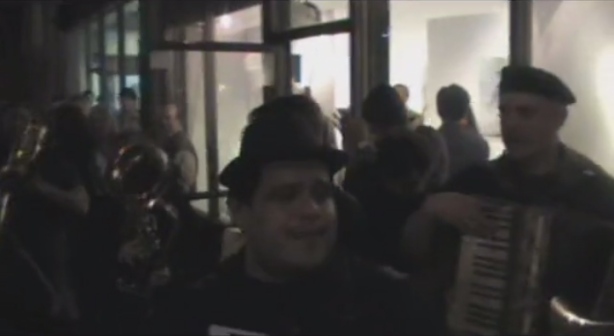
Four tubas stop in front of me and face me. I can feel their vibrations very strongly. They slowly move closer and closer. The band which is now playing at fever pitch suddenly stops and there is silence. I can only hear the cars passing by. The tuba players slowly begin to lean back and inhale as deeply as possible and when they’ve reached capacity they pause, looking at me with eyes of warning. I pray that they won’t, but I know otherwise. They lean forward quickly and exhale through their instruments with such force that all of the gallery windows shatter completely.
The sound of the tubas are excruciating and they send me through some kind of barrier. They awaken me. I look around and the band is gone. My ears are ringing. I turn and walk back inside the gallery. Everything is cold and pristine and the room is empty. I can hear the air conditioner. Benny is there and I look at him and there are the bottles of wine on the bar and he stares back at me blankly. ‘Benny, do you think anyone will come to my opening?’, I ask. ‘Who the fuck is Benny?’ he yells as he grabs up one of the bottles from the bar and with an off-putting glare, launches it across the room.
